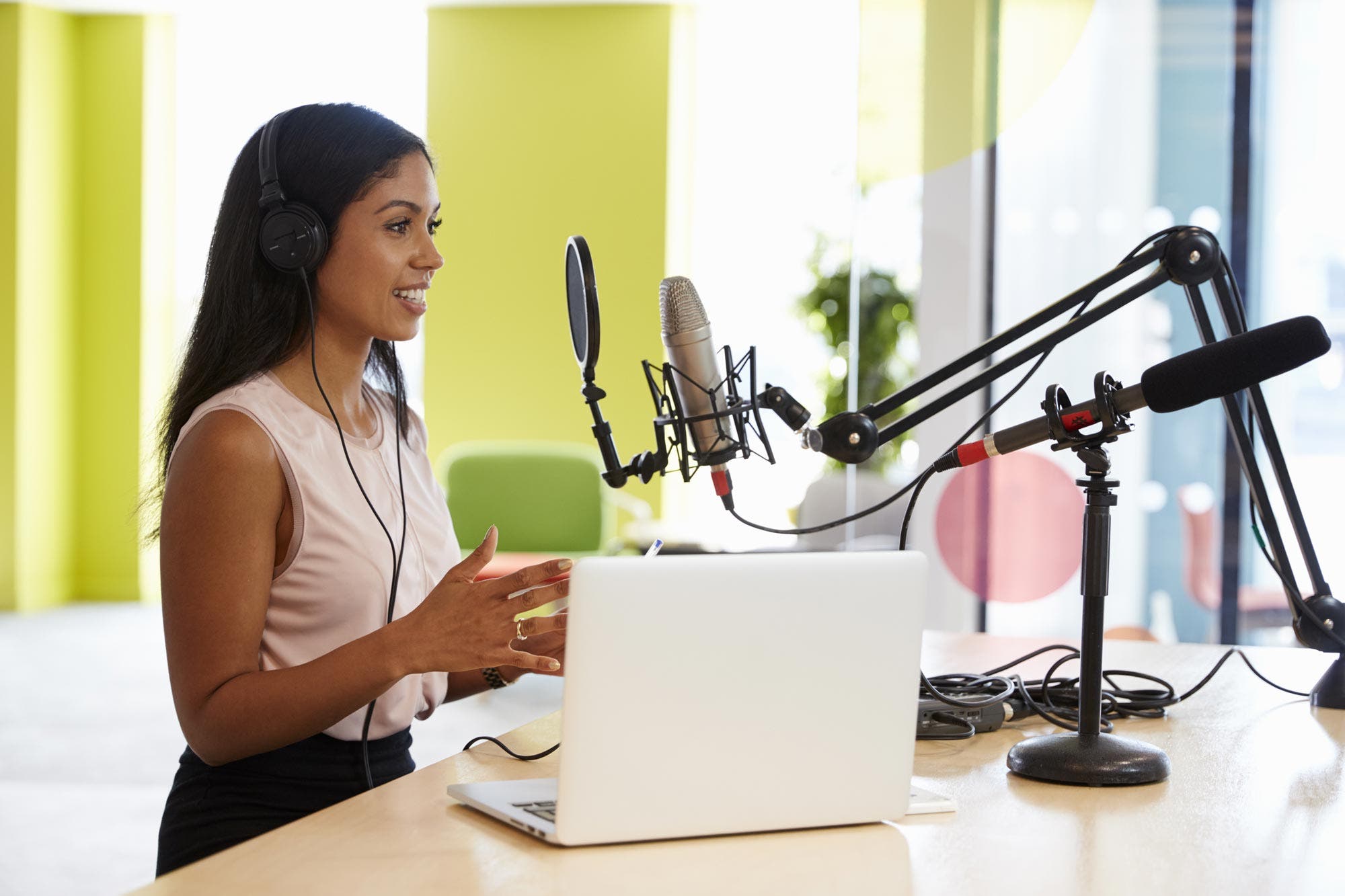Podcasting has gained immense popularity in recent years, offering a unique platform to share your ideas, stories, and expertise with a global audience. If you’ve been inspired to start your own podcast but are unsure where to begin, you’ve come to the right place. In this article, we’ll guide you through the essential steps to launch your podcast successfully.
Step 1: Define Your Podcast Concept: Before diving into the technical aspects, take the time to define your podcast’s concept. Determine the topics or themes you want to explore and identify your target audience. Having a clear vision of your podcast’s purpose and content will guide your decisions throughout the process.
Step 2: Plan Your Episodes: Create an outline or script for your initial episodes. This step helps structure your content and ensures a smooth flow during recording. Consider incorporating engaging segments, interviews, or storytelling elements to captivate your audience. Preparing in advance will make the recording process more efficient and improve the overall quality of your podcast.
Step 3: Select the Right Equipment: While professional podcasting equipment can enhance the audio quality, starting with basic equipment is more than sufficient. You’ll need:
- Microphone: Invest in a decent USB microphone, such as the Audio-Technica ATR2100x-USB or the Blue Yeti. These models offer good sound quality and are budget-friendly options for beginners.
- Headphones: Use closed-back headphones to monitor your audio while recording and editing. This helps identify any issues or background noise that need to be addressed.
- Pop Filter: Attach a pop filter to your microphone to minimize plosive sounds (e.g., “p” and “b” sounds) that can distort the audio.
- Boom Arm or Mic Stand: Mounting your microphone on a boom arm or mic stand helps achieve a consistent and comfortable recording position.
Step 4: Choose Recording and Editing Software: To record your podcast, you’ll need recording software. Some popular options include:
- Audacity (Free): Audacity is an open-source audio editing software available for Windows, macOS, and Linux. It offers a range of basic editing features and is suitable for beginners.
- GarageBand (Free, macOS): GarageBand is a versatile recording and editing software exclusively available for macOS and iOS users. It provides a user-friendly interface and an array of audio effects.
- Adobe Audition (Paid): Adobe Audition is a professional-grade audio editing software with advanced features and capabilities. It offers a comprehensive toolkit for audio production but comes with a subscription fee.
Step 5: Record and Edit Your Episodes: Find a quiet and acoustically treated space for recording your episodes. When recording, maintain a consistent distance from the microphone, speak clearly, and be mindful of any background noise. After recording, use your chosen software to edit your episodes. This includes removing mistakes, adjusting audio levels, adding intro/outro music, and incorporating any necessary effects.
Step 6: Choose a Podcast Hosting Platform: A podcast hosting platform allows you to store and distribute your podcast episodes to various podcast directories like Apple Podcasts, Spotify, and Google Podcasts. Popular podcast hosting platforms include:
- Anchor (Free): Anchor is a user-friendly hosting platform that provides free hosting and distribution services. It also offers monetization options and analytics to track your podcast’s performance.
- Libsyn (Paid): Libsyn is one of the oldest and most trusted podcast hosting platforms. It offers various pricing plans based on storage needs and provides advanced statistics and promotional tools.
- Podbean (Paid): Podbean offers affordable hosting plans with unlimited storage and bandwidth. It also provides features like monetization, customizable websites, and audience engagement tools.
Step 7: Publish and Promote Your Podcast: Once your episodes are edited and uploaded to your podcast hosting platform, it’s time to publish them. Submit your podcast to popular directories and platforms, such as Apple Podcasts, Spotify, and Google Podcasts. Promote your podcast through your website or blog, social media channels, and by reaching out to friends, family, and potential listeners. Engage with your audience, respond to comments, and seek feedback to improve your podcast continually.
Conclusion: Starting your own podcast can be an exciting and rewarding endeavor. By following these essential steps—defining your concept, planning your episodes, selecting the right equipment, choosing recording and editing software, publishing on a podcast hosting platform, and promoting your podcast—you’ll be well on your way to sharing your unique voice with the world. Embrace the journey, be consistent, and enjoy the process of creating meaningful audio content for your listeners. Happy podcasting!



